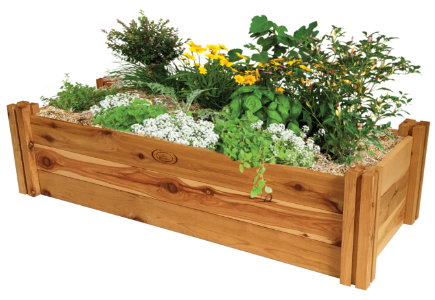In this article, we'll explore the many facets of it, including its history, current state, and potential future raised bed gardening.
Are you interested in starting a garden but don't have the space or suitable soil in your yard? A raised bed garden might be the perfect solution for you. This method of gardening offers numerous benefits and is an excellent option for beginners. In this article, we will explore the ins and outs of how to start a raised bed garden for beginners, from the initial setup to planting and maintenance.
Choosing the Right Location
The first step in starting a raised bed garden is to select the perfect location for it. Look for a spot in your yard that receives at least 6-8 hours of sunlight per day. It's also important to ensure that the area has good drainage to prevent waterlogging, which can be detrimental to your plants. Additionally, consider proximity to a water source for easy irrigation. By choosing the right location, you set the stage for a successful raised bed garden.
Building Your Raised Bed
Once you've identified the ideal location, it's time to build your raised bed. There are various materials you can use, such as wood, concrete blocks, or even recycled materials like old tires or pallets. When constructing your raised bed, ensure that it is at a comfortable height for you to work in, typically around 12-18 inches tall. This will make it easier to tend to your plants without straining your back. Assembling the raised bed is a fun and creative part of the process, allowing you to customize the size and shape to fit your space and gardening needs.
Choosing the Right Soil
The soil you use in your raised bed is crucial to the success of your garden. It's recommended to use a mix of topsoil, compost, and other organic matter to create a nutrient-rich environment for your plants. Avoid using soil from your yard, as it may be compacted and lack the necessary nutrients. The quality of your soil will directly impact the health and growth of your plants, so investing in good soil is well worth it.
Planting and Maintenance
With your raised bed built and filled with nutrient-rich soil, it's time to start planting. Consider the specific needs of the plants you want to grow and arrange them accordingly in your raised bed. Remember to water your plants regularly, especially during hot and dry periods. Additionally, keep an eye out for weeds and pests, as raised beds are not immune to these common garden challenges. By staying on top of maintenance tasks, you can ensure a thriving and bountiful garden.
In conclusion, starting a raised bed garden for beginners is an exciting and rewarding endeavor. By choosing the right location, building a suitable raised bed, using quality soil, and tending to your plants, you can enjoy the pleasures of gardening even with limited space or poor soil conditions. Whether you're growing vegetables, flowers, or herbs, a raised bed garden offers a versatile and enjoyable way to connect with nature and cultivate your green thumb.

